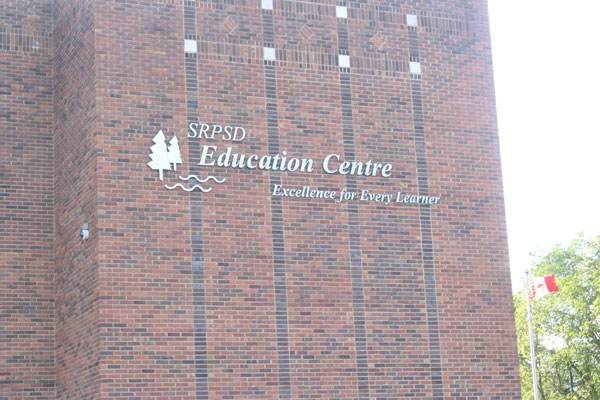A Saskatchewan Rivers School Division report on student achievement shows Indigenous students are closing the gap with their non-Indigenous counterparts.
The report from Superintendent Jennifer Hingley summerized student grades from the previous year in select high school courses, including sciences, math, and ELA (English language arts).
Hingley presented her report at the Oct. 4 school division board meeting.
The report looked at average final marks in ELA A 10, ELA B 10, Science 10, Math: Workplace and Apprenticeship 10, Math: Foundations and pre-Calculus 10, ELA 20, Math: Workplace and Apprenticeship 20 and Math Foundations 20. Averages were broken down into all students, FNMI (First Nations Métis, and Inuit) and non-FNMI.
Sask Rivers Indigenous students consistently exceed their Indigenous peers from across the province and in some courses also exceed the provincial average for non-Indigenous students.
In ELA A 10, all Sask. Rivers students had an averge mark of 77.2 per cent, while provincially the average was 75.5 per cent. In ELA A 10 the non-FNMI average for Sask Rivers was 83.7 per cent while provincially it was 78.7 per cent. For FNMI students the average was 71 per cent in Sask Rivers while provincially the average was 62.6 per cent.
All Sask. Rivers students had an average of 77.7 per cent in Math Foundations and Pre-Calculus 10, while the provincial average was 76 per cent. FNMI students in Sask. Rivers had an average of 72.7 per cent, almost 10 points higher than the FNMI provincial average of 63.8 per cent. Non-FNMI students had an average of 81.4 per cent, while provincially the eaverage was 78.1 per cent.
Hingley also presented numbers from Early Years Evaluation (EYE), developmental reading assessments for Grade 1,2 and 3, graduation rates, both on time and and extended andcredit attainment for Grade 10 to 12.
EYE (Early Years Evaluation) shows how ready students are for Grade 1. Students are broken up into three tiers after being evaluated. Tier 1 requires quality classroom instruction, Tier 2 requires quality classroom instruction plus targeted small group instruction and Tier 3 requires quality classroom instruction and individualized instruction.
The data set shows that 36 per cent of students are in Tier 1, 36 per cent of students are in Tier 2 and 35.3 per cent of students are in Tier 3.
The 2020 data set showed 33 per cent of students were in Tier 1, 21.8 per cent of students were in Tier 2 and 35.3 per cent of students were in Tier 3. Data for 2020 was not available in some cases due to the COVID-19 pandemic.
In 2021 developmental reading assessments showed 40.9 per cent of all students, 24.2 per cent of FNMI students and 58.8 per cent of non FNMI students were reading at Grade 1 level.
In Grade 3 there were 53.8 per cent of all students, 47 per cent of FNMI students and 61.1 per cent of non FNMI students reading at grade level.
The three year graduation rates for Sask Rivers had a 73 per cent rate for all students, 92 per cent for non-FNMI and 54 per cent for FNMI. The provincial average for all students is 79 per cent, for non-FNMI it is 89 per cent and for FNMI it is 45 per cent.
Five year graduation rates in Sask Rivers were 80 per cent, for non-FNMI were 96 per cent and for FNMI it was 67 per cent. In the province the average for all students is 85 per cent, for non-FNMI was 92 per cent and for FNMI was 62 per cent.
michael@paherald.sk.ca


